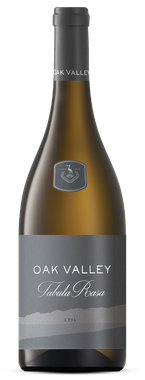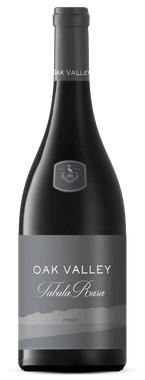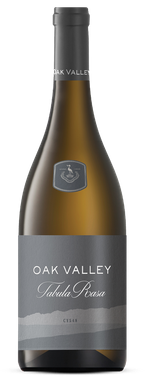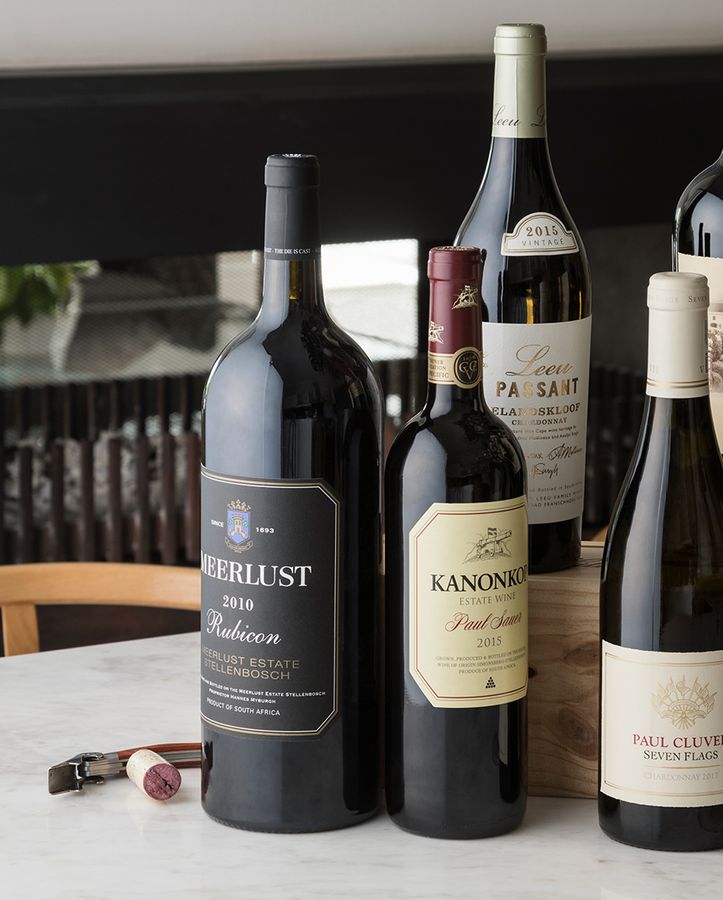Similar to the concept of terroir, a French term used to describe how the vineyard environment, including soils and climate, influence the way that grapes express themselves in wine, so the existence of clones greatly influences the wine’s expression and final blending decisions.
What is a clone? A clone is a natural mutation that has been selected for its positive differences, i.e. grape colour, bunch size, yield, ripening window, etc. Within each variety a range of clones exist.
In the 1950’s, the vineyards in Burgundy were performing poorly due to viral infestation, late harvests, and susceptibility to rot. Winemakers in Burgundy were dissatisfied with the quality of their wines. It was around this time that Dr Raymond Bernard of the University of Dijon came up with the idea of clonal selection, that is, taking buds from vines showing no evidence of viral disease and possessing desirable characteristics to create mother vines.
These mother vines would then be used to establish new healthy vineyards, thereby improving the quality of Pinot Noir and Chardonnay wines in Burgundy.
Today, there are about 43 certified Dijon clones of Pinot Noir and 15 are significantly propagated throughout the world for Pinot Noir still wine. Each clone makes a personality statement. There are probably anywhere from 200 to over a 1,000 genetically unique Pinot Noir clones, a reflection of Pinot Noir’s genetic instability.
Enter the story of Oak Valley’s TABULA RASA, the Latin phrase for ‘Clean Slate,’ where the mission is to create clonal wines from a blank canvas that represent the ultimate expression of Oak Valley’s terroir. The grapes for TABULA RASA are sourced from a handful of vines within a block, focused exclusively on Chardonnay and Pinot Noir.
The Chardonnay clones are CY95 and CY548, while Oak Valley uses four clones PN114, PN115, PN667 and PN777 for their TABULA RASA Pinot Noirs.
Winemaker Jacques du Plessis applies the same winemaking techniques to each TABULA RASA clone so that the differences between the wines are attributed to a true expression of the clones.
Tasting these differences in the final wines is where it gets interesting. In Chardonnay they differ mainly in terms of fruit expression or weight, leaner/mineral (clone CY95) vs aromatic/textured (clone CY548). While in Pinot Noir the differences are often noted in structure (acidity, tannin, colour density) and flavour profile, earthy/savoury vs abundant red fruit.
The recently released Oak Valley TABULA RASA Pinot Noir PN667 2020 nose is rich with darker fruits of blue and blackberry and tart black cherry, some attractive herbal and vegetal notes of spearmint and beetroot and a hint of cinnamon spice. The palate is fresh and linear yet has a velvety texture and shows cranberry and nectarine leading to a long, grippy finish.
Both CY95 and PN667 were awarded 5 stars (95 points) in the 2023 Platter Awards, while CY548 received 94 points.



